Ever wondered why Kundan and Polki jewellery look similar but have vastly different prices? This blog dives into the key differences between these two timeless styles, explaining their unique materials, craftsmanship, and appeal. By the end, you’ll know exactly which style suits your occasion, taste, and budget.
Let’s Begin
Jewellery is more than just adornment; it’s an expression of style, tradition, and individuality. Among the many exquisite styles, Kundan and Polki are often celebrated for their regal charm. Despite their similarities in design, they are worlds apart in terms of how they’re made, their shine, and their value. Choosing between these two styles can feel overwhelming, especially with their deep cultural roots and luxurious appeal. In this guide, we’ll unravel the mystery and explore the fine details that set them apart. By understanding these differences, you’ll gain insight into which one complements your needs, whether for a grand occasion or a personal treasure.
10 Differences Between Kundan and Polki You Should Know
Jewellery holds a special place in culture and tradition. It’s more than just an ornament; it reflects artistry, history, and personal style. Among the many types of jewellery, Kundan and Polki are two stunning styles often associated with royalty and luxury. While both originate from centuries-old traditions and showcase intricate craftsmanship, they differ in significant ways. Whether you’re planning to invest in these timeless designs or just curious, here’s a deep dive into the 10 differences between Kundan and Polki you should know.

1. Core Material: Glass vs Diamonds
The most striking difference lies in the materials used.
Kundan jewellery primarily uses glass stones, which are polished and cut to mimic the look of precious gems. These stones are then embedded into a gold or gold-plated base, which gives the jewellery its bright and glossy finish.
In contrast, Polki jewellery is crafted with natural, uncut diamonds. These diamonds, known as polkis, are not polished or cut in the conventional way, retaining their raw, natural charm. The use of authentic diamonds in Polki makes it a premium and luxurious choice compared to Kundan’s more affordable glass-based design.
2. Crafting Process: Traditional Techniques
The process of creating Kundan and Polki jewellery is a testament to skilled craftsmanship, but the techniques differ.
Kundan jewellery involves using lac, a type of natural resin, as the base. The lac forms the core structure, onto which gold foils are applied. The glass stones are then secured using these gold foils, giving the jewellery its distinctive layered appearance.
Polki jewellery does not use lac. Instead, it directly sets raw diamonds into a solid gold framework. The diamonds are typically surrounded by delicate patterns in gold, enhancing the natural beauty of the stones. Polki’s craftsmanship is labour-intensive and time-consuming, which adds to its exclusivity.
3. Price: Affordable vs Premium
Price is a significant factor when comparing Kundan and Polki jewellery.
Kundan jewellery is more budget-friendly because it uses glass stones and often gold-plated bases instead of pure gold. This makes it a great choice for those who want traditional, eye-catching designs without breaking the bank.
Polki jewellery, on the other hand, is a premium product. It uses real diamonds and solid gold, making it far more expensive. Polki is often viewed as an investment, with its value appreciating over time due to the use of natural diamonds.
4. Weight: Light vs Substantial
The weight of jewellery plays an important role in comfort, especially during long celebrations.
Kundan jewellery is lighter because the lac base is less dense, and glass stones weigh significantly less than diamonds. This makes Kundan jewellery an excellent choice for occasions where comfort is a priority, like pre-wedding events or light festivities.
Polki jewellery, with its solid gold base and uncut diamonds, is heavier. While it adds to the jewellery’s grandeur and luxurious feel, it may not be the best option for those who prefer lightweight accessories.
5. Appearance: Glossy vs Subtle Elegance
The shine and visual appeal of Kundan and Polki are distinct, catering to different tastes.
Kundan jewellery has a bright, glossy finish. The glass stones reflect light beautifully, making the jewellery sparkle and catch attention. It is often colourful, with designs incorporating reds, greens, blues, and other vibrant shades.
Polki jewellery has a more subtle, natural shine. The raw diamonds do not glitter like polished ones, but they exude an understated elegance. Polki’s appeal lies in its natural, unprocessed look, which feels sophisticated and traditional.

6. Durability: Delicate vs Long-Lasting
Durability is another area where Kundan and Polki differ.
Kundan jewellery is relatively delicate. The lac base can be prone to damage if exposed to moisture or pressure. Glass stones are also more likely to chip or lose their polish over time. Proper storage and careful handling are crucial to keep Kundan jewellery in good condition.
Polki jewellery, made from solid gold and diamonds, is far more robust. It can withstand daily wear and lasts for generations if maintained properly. Polki is often passed down as a family heirloom due to its durability and timeless appeal.
7. Design Versatility: Colourful vs Minimalistic
When it comes to design, both styles offer distinct advantages depending on what you’re looking for.
Kundan jewellery is known for its vibrant designs and colours. The use of glass stones allows jewellers to create intricate patterns in a variety of hues. Whether it’s a necklace, earrings, or bangles, Kundan pieces can be matched with festive attire, adding a pop of colour and sparkle.
Polki jewellery, on the other hand, focuses on the natural beauty of diamonds. Its designs are often minimalistic, with an emphasis on showcasing the raw brilliance of the stones. Polki is perfect for those who prefer timeless elegance over bold, vibrant designs.
8. Occasions: Everyday Glam vs Grand Celebrations
Both Kundan and Polki jewellery are popular choices for different occasions.
Kundan jewellery is perfect for weddings, festivals, and casual celebrations. Its affordability and lightweight nature make it suitable for wearing during long events or as part of bridal trousseaus. It can also be paired with contemporary outfits for a fusion look.
Polki jewellery is reserved for grand occasions. Its luxurious appeal makes it a favourite for bridal jewellery, royal-themed celebrations, or as a statement piece for major events. Polki is often considered a status symbol and is less likely to be worn casually.
9. Maintenance and Care
Both types of jewellery require specific care to retain their beauty, but the methods differ.
Kundan jewellery is more delicate and needs to be stored carefully to avoid damage. Moisture and chemicals can weaken the lac base and tarnish the gold foils. It’s best to keep Kundan pieces in a dry, airtight container and clean them gently with a soft cloth.
Polki jewellery, being sturdier, is easier to maintain. However, the gold base and diamonds still require occasional cleaning to maintain their shine. Professional cleaning is recommended to ensure the diamonds remain free from dirt and oils.
10. Value and Legacy
The value of Kundan and Polki jewellery also differs significantly.
Kundan jewellery is prized for its affordability and artistry but does not hold significant resale value. It is often chosen for its beauty rather than as an investment.
Polki jewellery, with its use of diamonds and gold, holds high intrinsic value. Its price appreciates over time, making it a valuable asset. Polki pieces are often passed down through generations, carrying both monetary and sentimental worth.
How to Choose Between Kundan and Polki
Choosing between Kundan and Polki ultimately comes down to your personal preferences, budget, and the occasion. If you’re looking for vibrant, affordable jewellery for a wedding or festival, Kundan is a fantastic choice. It offers a luxurious look without the high cost.

If you prefer timeless elegance and are willing to invest, Polki jewellery is unparalleled. Its natural diamonds, solid gold base, and rich heritage make it an excellent option for those who value craftsmanship and exclusivity.
By understanding these 10 differences between Kundan and Polki you should know, you’ll be better equipped to make a choice that suits your style and needs. Both are masterpieces of traditional jewellery, each with its own charm and appeal. Whether you go for the glossy brilliance of Kundan or the raw elegance of Polki, you’re sure to own a piece of history and artistry.
Crafting Stories in Every Sparkle
At Vummidi Bangaru Jewellers, we believe jewellery is more than just adornment—it’s a reflection of heritage, art, and individuality. With a legacy spanning over a century, we have been dedicated to creating timeless pieces that celebrate life’s most cherished moments. From the intricacy of Kundan to the natural elegance of Polki, our collections combine traditional craftsmanship with contemporary designs.
Each piece is thoughtfully crafted to ensure it not only enhances your style but also becomes a part of your story. Trust and quality are at the heart of everything we do, as we strive to provide you with jewellery that transcends generations. Explore our world of elegance and let us help you create lasting memories with every piece you choose.
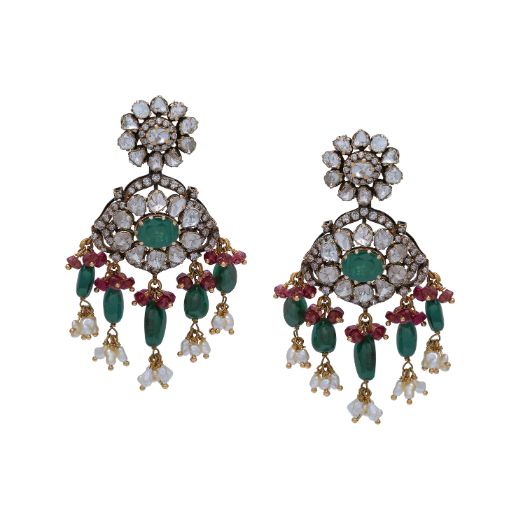
Summing Up
Choosing between Kundan and Polki jewellery comes down to your personal style, budget, and the occasion. Both are masterpieces of craftsmanship, each carrying its own story and appeal. Kundan jewellery stands out with its vibrant, colourful designs and affordability, making it perfect for grand celebrations and lighter budgets. Polki jewellery, with its natural diamonds and timeless elegance, is a luxurious option for those seeking an heirloom-worthy piece.
By understanding the differences outlined in this guide, you can make an informed decision that aligns with your preferences. Whether you lean towards the brilliance of Kundan or the understated charm of Polki, each piece is a testament to the rich tradition of jewellery-making and a treasure you’ll cherish for years to come.
| For Latest Updates and Trends Checkout Official Vummidi Bangaru Jewellers Instagram Page |
FAQs
1. What is the primary difference between Kundan and Polki jewellery?
Kundan jewellery features glass stones set in gold or gold-plated bases, while Polki jewellery uses uncut, natural diamonds set in gold. This fundamental difference in materials contributes to their distinct appearances and values.
2. Why is Polki jewellery more expensive than Kundan jewellery?
Polki jewellery is more costly because it incorporates uncut, natural diamonds and solid gold, both of which are valuable materials. In contrast, Kundan jewellery uses glass stones and often gold-plated bases, making it a more affordable option.
3. How can I identify authentic Kundan jewellery?
Authentic Kundan jewellery typically has intricate designs with glass stones set in gold or gold-plated bases. The craftsmanship is detailed, and the pieces often feature vibrant colours. It’s advisable to purchase from reputable jewellers and request certification to ensure authenticity.
4. Is Polki jewellery suitable for daily wear?
Polki jewellery, due to its use of uncut diamonds and solid gold, is often heavier and more delicate. While it can be worn daily, it’s generally reserved for special occasions to preserve its condition and longevity.
5. Can Kundan jewellery be customised with different colours?
Yes, Kundan jewellery is known for its versatility in design and can be customised with various coloured glass stones to match specific preferences or outfits.
 Store Locator
Store Locator 

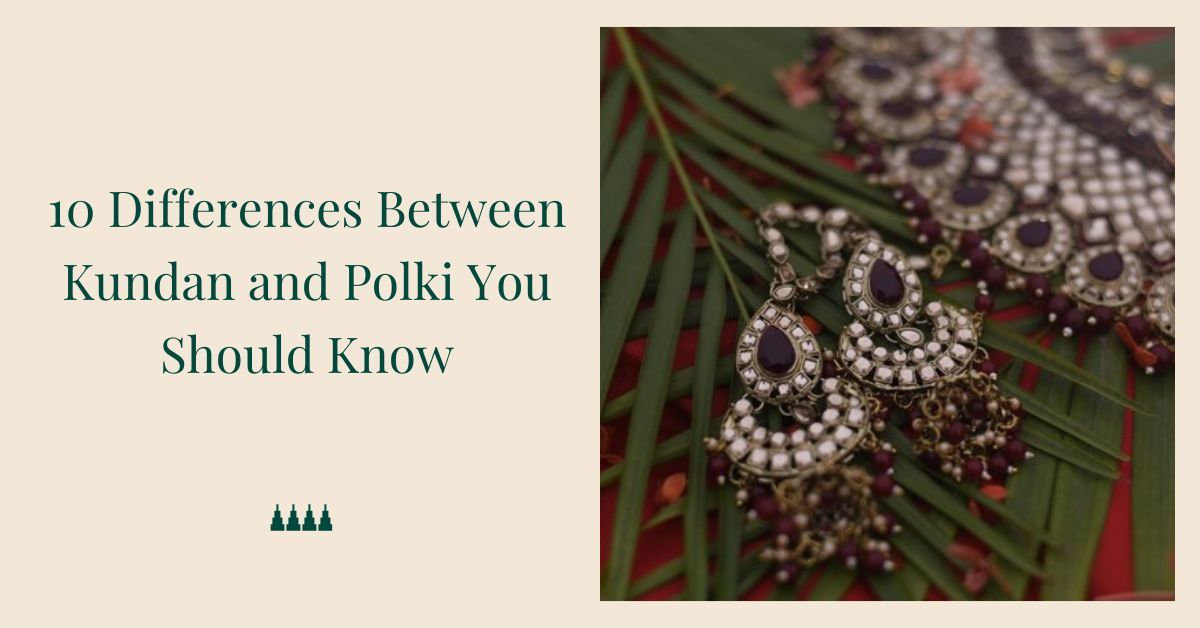

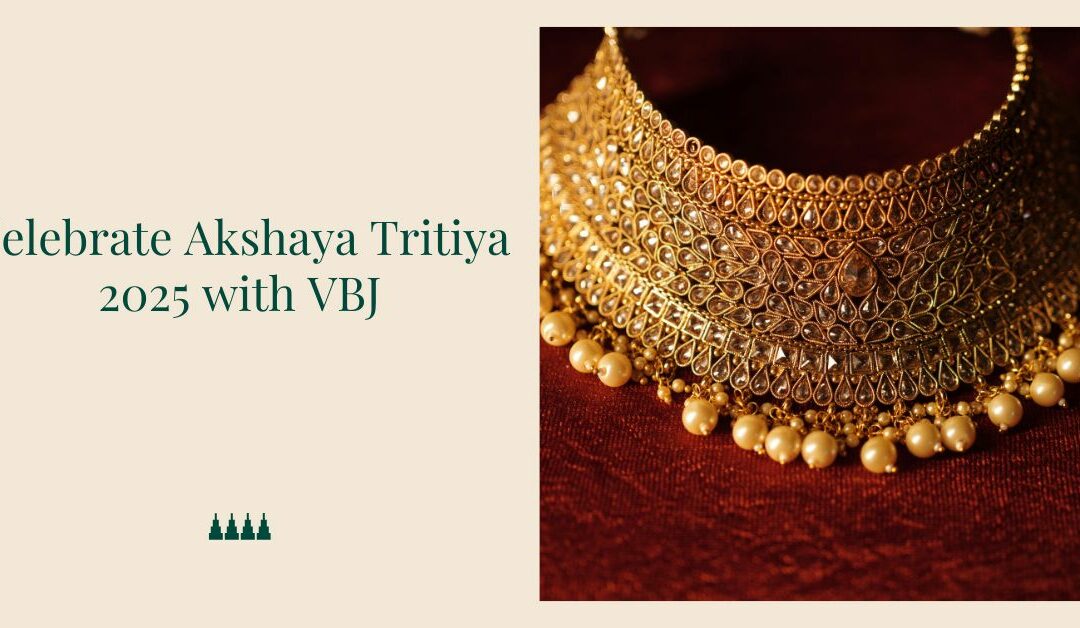

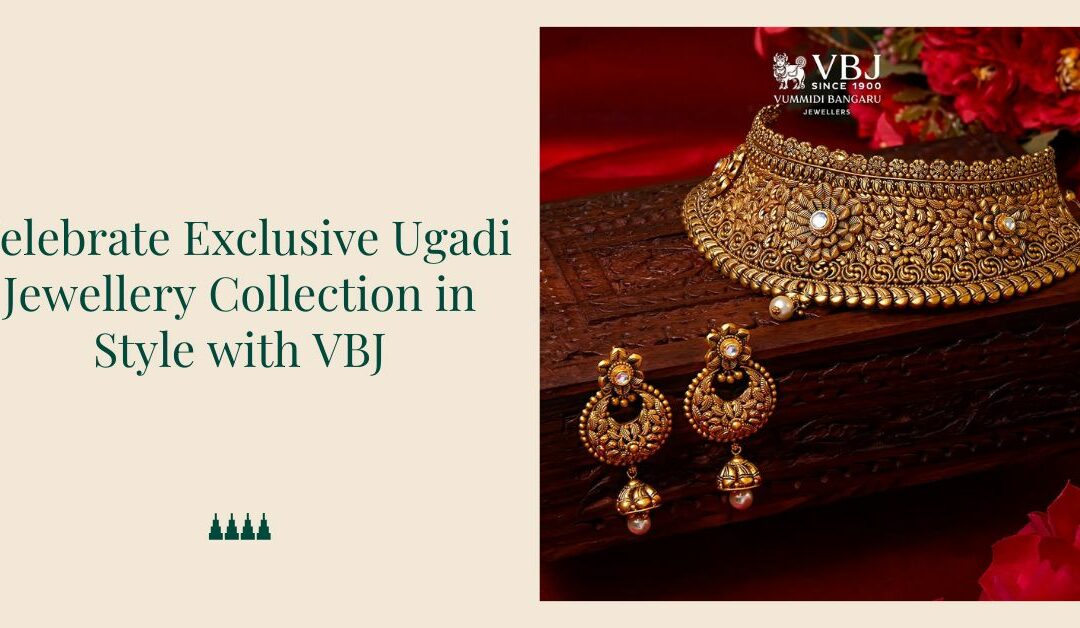
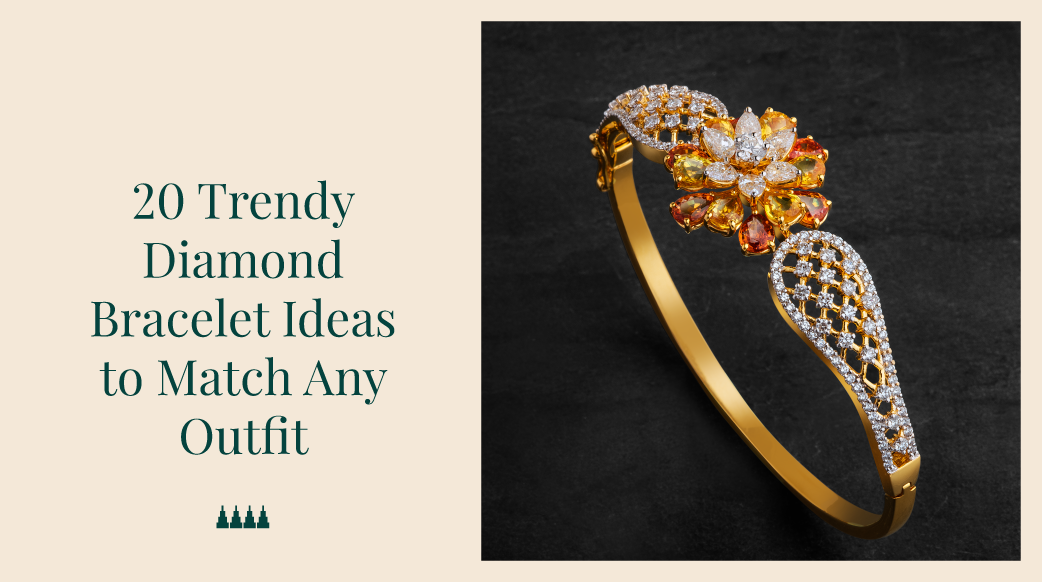
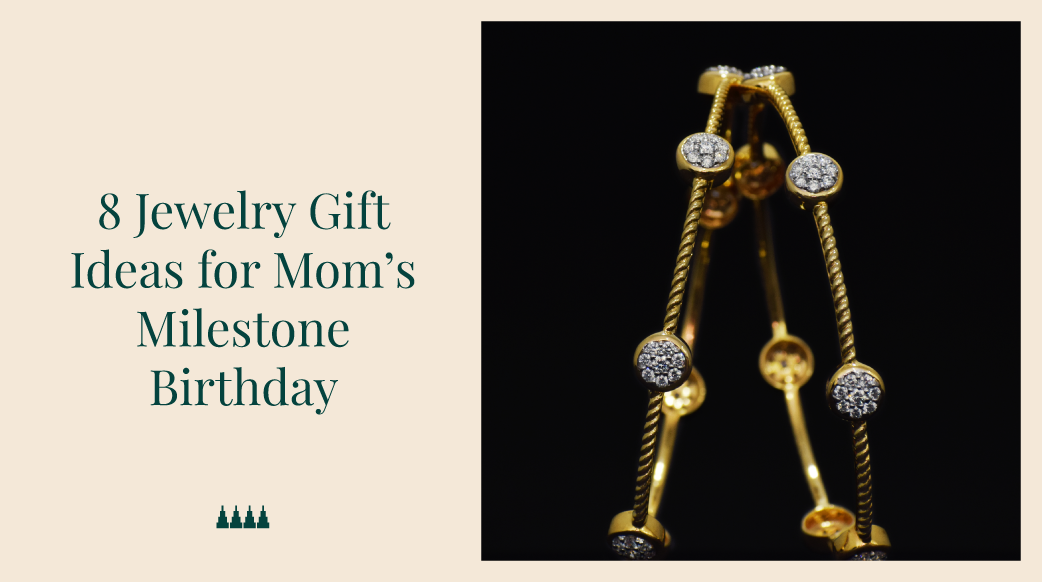
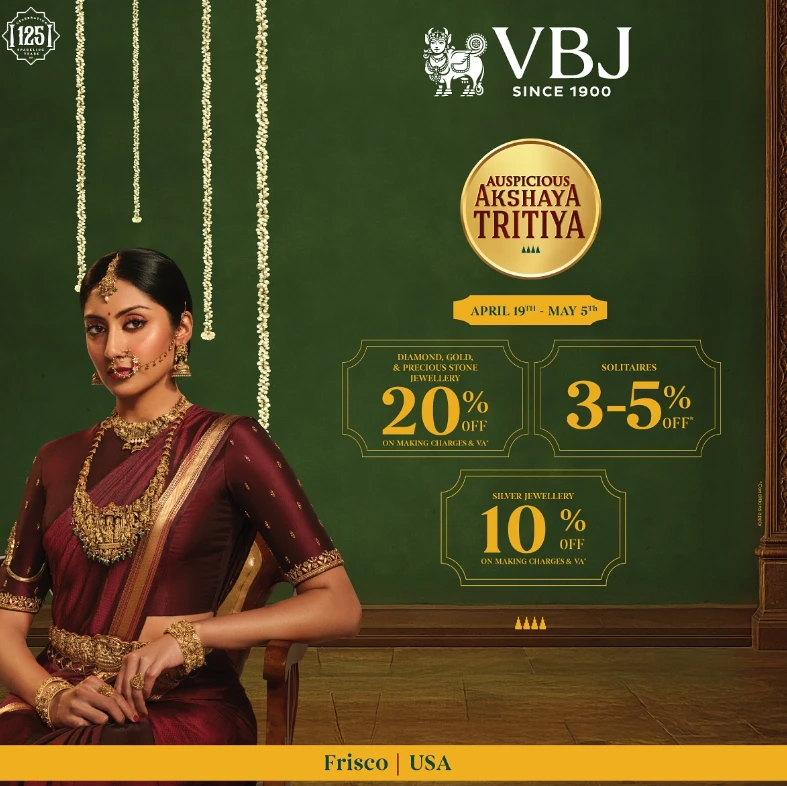
0 Comments